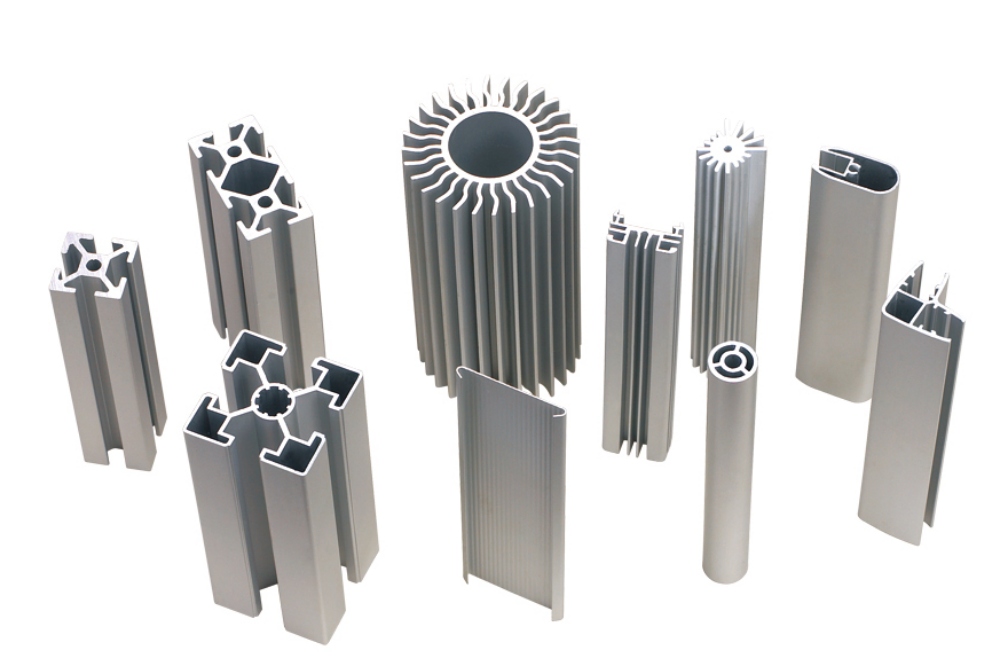The heat sink cools the circuit components by dissipating the excess heat to prevent overheating and failure, which plays an important role in computers, LED lighting, and other electronics. So, how to choose the most suitable custom heat sink for your project? Here are some key factors that you need to consider.
Heat Sink Types
Generally speaking, the custom heat sink is divided into two main categories: active and passive. What is the difference between them?
Active heat sink: Active heat sink is usually equipped with power devices, such as fans or blowers, and is suitable for applications requiring high cooling capacity and heat dissipation. However, they consist of moving parts and are expensive.
Passive heat sink: Passive heat sink dissipates heat only through the convection with continuous airflow through their fins. Since they have no moving parts - no fan failures or noise problems, so they are considered more reliable.
Heat Sink Materials
Heat sinks are usually made of aluminum or copper, and each material has its own advantages. And aluminum heat sink vs copper heat sink, which is better?
Aluminum heat sink: Aluminum is the most common material for the custom heat sink. This metal is cost-effective for being lightweight and affordable, making the custom aluminum heat sink has relatively good thermal conductivity and is great for most projects.
Copper heat sink: The thermal conductivity of copper is almost 60% higher than aluminum, which means that the copper heat sink will be more effective at dissipating heat than the aluminum one. However, it is heavier and more costly.
To sum up, the custom aluminum heat sink is the best choice for weight and cost savings, while the copper one provides a higher level of thermal conductivity.
Manufacturing Process of Custom Heat Sink
Extruded Heat Sink
Extruded heat sinks are a low-cost option widely used for most applications and industries. It can be easily manufactured to custom specifications, and performance can be tailored to meet demand, from low to high. However, their main disadvantage is that the maximum extrusion width limits the size.
Turned Heat Sink
Turned heat sinks combine special cutting tools and controlled shaving techniques with a single block of metal material. With high-dense and uniformly shaped fins, this heat sink allows for high fin density to create more surface area for heat dissipation. It provides a wide range of design possibilities but typically high weight and directional sensitivity.
CNC Machined Heat Sink
Highly versatile machining capabilities can achieve a wide range of complex geometries, features, contours, cut-outs, through-holes, and more high-precision machining requirements. It means there is a lot of space and flexibility for design, making it ideal for the production of CNC machined heat sink prototypes and small- to medium-sized batches.
Forged Heat Sink
Special open die tools and intense pressures are two key points to forming thin-sectioned, high-precision forged heat sinks. Cold forging and hot forging are both available. High aspect ratios can be achieved using precision forging, which is suitable for high volume production at low cost but has limited design capability.
Stamped Heat Sink
In this process, metal fins are stamped into a specific configuration according to application. Metal fins can be stamped into a variety of geometries and thicknesses. Stamped fin custom heat sink is ideal for medium to high volume automated production at very low cost but low performance as well.
Conclusion
CNC machined heat sink is an excellent choice for some challenging applications, significantly reducing the prototype time and lowering overall production costs. As a professional aluminum heat sink manufacturer, JeaSnn has been engaged in designing, developing, and providing OEM services for the CNC machined heat sink for over 20 years. Please feel free to contact us at info@aluminumlightingparts.com for the best custom heat sink solution for your project!



.jpg)
.jpg)
.jpg)